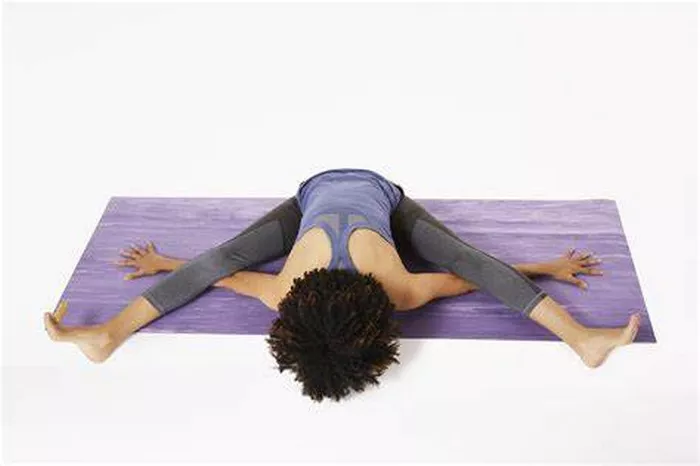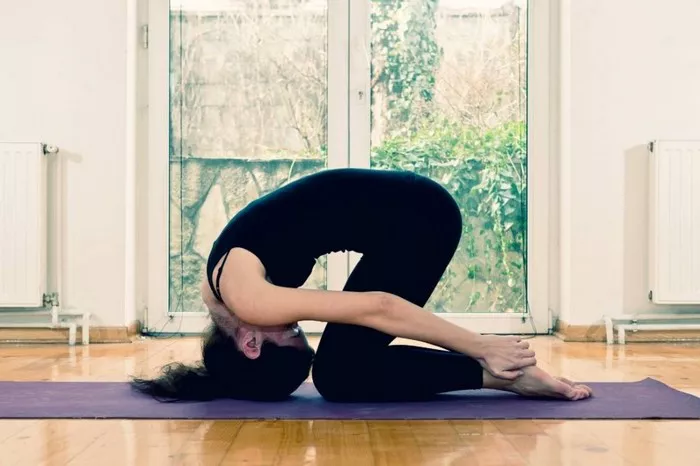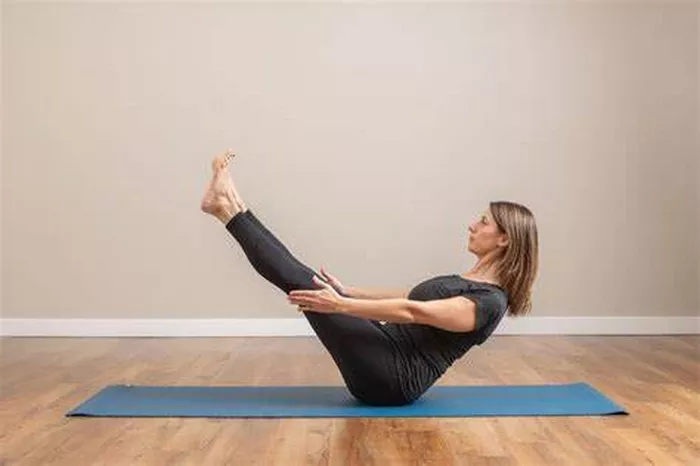Kriya Yoga, a form of yoga that emphasizes the control of breath and energy within the body, is widely revered for its profound impact on both the physical and mental well-being of practitioners. It is a discipline that combines various aspects of yoga, including physical postures (asanas), breath control (pranayama), meditation, and mantra chanting, to help individuals achieve a higher level of self-awareness and spiritual enlightenment. One common question among those interested in Kriya Yoga is, “How long should I practice Kriya Yoga?”
In this article, we will explore the different factors that influence the duration of Kriya Yoga practice, the benefits of practicing it regularly, and the guidelines on how long to practice it to experience its transformative effects.
Understanding Kriya Yoga
Kriya Yoga, derived from ancient yogic teachings, refers to a system of spiritual practices designed to accelerate the practitioner’s spiritual progress. It primarily focuses on harnessing the power of the breath and controlling the flow of prana (life force energy) throughout the body. The term “Kriya” translates to “action” or “technique,” while “Yoga” refers to union or connection. Therefore, Kriya Yoga can be understood as a technique that leads to union with the higher self or divine consciousness.
The primary goal of Kriya Yoga is to quiet the mind, cleanse the body of toxins, and awaken the inner spiritual energy. The practice involves various techniques, including specific breathing exercises that regulate the flow of prana, mantra repetition for mental focus, and meditation to achieve deep inner stillness. By learning to control the breath, practitioners can influence their state of mind, reduce stress, and gain greater control over their emotions and thoughts.
The Duration of Kriya Yoga Practice
There is no one-size-fits-all answer to how long one should practice Kriya Yoga, as the duration of practice can vary depending on individual goals, physical health, and the level of experience. However, a few general guidelines can help practitioners determine an appropriate duration for their practice.
1. Beginners: 15 to 30 Minutes Daily
For beginners, it is essential to start with shorter sessions to allow the body and mind to adjust to the techniques. Practicing Kriya Yoga for 15 to 30 minutes daily is a reasonable starting point. This duration is sufficient to practice basic pranayama techniques, some asanas, and meditation, which can help cultivate mindfulness and establish a routine. Over time, the practitioner may begin to notice improvements in energy levels, focus, and a sense of calmness.
It is advisable not to rush into long sessions when starting out. Instead, focus on mastering the basic techniques, including the breath control exercises, and gradually increase the duration as your body becomes accustomed to the practice. Beginners should also ensure that they are practicing in a safe and quiet environment to help maintain focus and concentration during their sessions.
2. Intermediate Practitioners: 30 to 60 Minutes Daily
For those who have been practicing Kriya Yoga for a few months or years, it is common to extend the duration of the practice to 30 to 60 minutes daily. At this stage, practitioners have likely developed a deeper understanding of the breathing techniques and can handle more advanced practices, such as longer meditation sessions and prolonged breath retention (kumbhaka).
Increasing the duration of practice allows for more time to cultivate inner stillness, refine meditation techniques, and improve concentration. The extended sessions also provide more opportunity for prana (life force energy) to flow freely throughout the body, enhancing the overall sense of vitality and well-being.
However, it is essential to maintain a sense of balance in the practice. Overextending the time without proper guidance or preparation can lead to physical discomfort or mental fatigue. It is recommended to gradually increase the duration and listen to your body’s needs. If you feel that your practice is becoming too exhausting or overwhelming, consider taking a break and returning to shorter sessions.
3. Advanced Practitioners: 60 to 90 Minutes or More
For advanced practitioners, who have a deep understanding of Kriya Yoga techniques and have integrated the practice into their daily lives, it is common to practice for 60 to 90 minutes or more. At this stage, the practitioner has likely experienced significant benefits from regular practice, including improved health, mental clarity, emotional stability, and spiritual awakening.
Longer practice sessions allow for deeper concentration and more time for the energy to flow throughout the body. Advanced practitioners may also engage in more complex techniques, such as intense pranayama practices, advanced meditation techniques, or extended periods of stillness. This extended time provides an opportunity to deepen the connection with the inner self, explore higher states of consciousness, and engage in spiritual practices that foster self-realization.
It is important to note that while long sessions are beneficial for advanced practitioners, they should only be undertaken with proper guidance and after having developed a strong foundation. It is easy to become overly ambitious with longer sessions, but the key to success in Kriya Yoga is consistency and proper technique rather than the length of the practice.
4. Consistency Is Key
Regardless of your level of experience, the most important factor in Kriya Yoga practice is consistency. It is better to practice for a shorter amount of time each day than to practice for long periods sporadically. Consistency builds discipline, and over time, it leads to cumulative benefits in both physical and mental health.
Even if you only have 10 to 15 minutes each day, regular practice can still yield significant improvements in overall well-being. On the other hand, sporadic or irregular practice may lead to slower progress and less noticeable results. Establishing a daily practice is essential to create a long-lasting impact on your spiritual, mental, and physical health.
The Benefits of Regular Kriya Yoga Practice
Regular practice of Kriya Yoga, regardless of the duration, can lead to a wide range of benefits for the body, mind, and spirit. Some of the key benefits include:
1. Improved Physical Health
Kriya Yoga enhances the flow of prana through the body, which can help detoxify the system, improve circulation, and promote overall physical health. The practice of specific asanas and pranayama techniques can strengthen the body, increase flexibility, and boost vitality. Additionally, regular practice can help with issues such as stress, anxiety, and chronic pain.
2. Mental Clarity and Focus
By training the mind to focus during meditation and breath control practices, Kriya Yoga enhances concentration and mental clarity. Over time, practitioners may notice that they are better able to stay present, manage distractions, and make decisions with greater ease. The calming effects of Kriya Yoga also help to reduce mental chatter and promote inner peace.
3. Emotional Balance
Kriya Yoga encourages emotional awareness and regulation. The practice of deep breathing and meditation helps to regulate the nervous system, which in turn allows practitioners to better manage their emotional responses. This emotional balance can lead to greater resilience, a more positive outlook on life, and deeper emotional intelligence.
4. Spiritual Growth
Perhaps the most profound benefit of Kriya Yoga is its ability to promote spiritual growth and self-realization. By quieting the mind and turning inward, practitioners can connect with their higher self and experience greater spiritual awareness. Kriya Yoga facilitates the awakening of the dormant spiritual energy (Kundalini) within the practitioner, which can lead to profound shifts in consciousness and a deeper understanding of the nature of reality.
Conclusion
The length of time you should practice Kriya Yoga depends on your individual needs, goals, and experience level. For beginners, starting with 15 to 30 minutes daily is recommended, while intermediate practitioners can gradually increase their practice to 30 to 60 minutes. Advanced practitioners may engage in 60 to 90 minutes or more of daily practice, depending on their experience and personal preferences.
The most important factor is consistency. A daily practice, even if brief, is far more beneficial than long sessions practiced infrequently. By committing to a regular practice, you will experience the myriad physical, mental, and spiritual benefits that Kriya Yoga has to offer, ultimately leading to a deeper connection with yourself and a more harmonious life. Remember that Kriya Yoga is not about achieving perfection in the length of time spent but about the quality of your practice and the transformation that unfolds through regular, conscious effort.
Related Topics:























